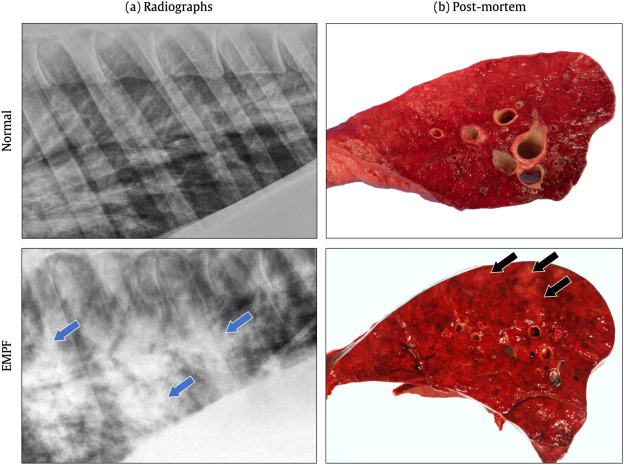
In a pioneering research effort that connects evolutionary biology to genetic medicine, researchers from Johns Hopkins Medicine and Vanderbilt University have identified a genetic adaptation in horses that could be crucial in addressing various debilitating human diseases. This extraordinary discovery focuses on a molecular technique horses employ to “override” a premature stop signal within their DNA—a phenomenon that has only been documented in viruses before now.
This distinctive genetic strategy not only illuminates the evolution of horses’ remarkable athletic abilities but also provides fascinating prospects for innovative therapies targeting genetic disorders associated with early stop codons.
Comprehending the Genetic “Stop Signal”
In the context of DNA, a gene is essentially a suite of instructions. During the process of protein synthesis, a stop codon indicates that the procedure should cease. An early appearance of this stop codon due to mutation—a “premature stop codon”—commonly results in the formation of a truncated, nonfunctional protein. Approximately 11% of hereditary human ailments, including diseases like cystic fibrosis and muscular dystrophy, arise from such mutations.
In this investigation, researchers honed in on a particular gene called KEAP1, which is crucial for regulating cellular responses to stress. In horses, they identified a premature stop codon in KEAP1 that, theoretically, should have disrupted the protein’s functionality. Yet, unexpectedly, this disruption did not occur.
The Viral-Like Mechanism in Horses
Instead of ceasing protein synthesis, horses have developed a molecular workaround that effectively bypasses the premature stop codon—enabling the body to process it without interruption. The outcome is a complete, operational KEAP1 protein that remains active and even enhances performance.
This modified KEAP1 forms a partnership with another essential protein, NRF2, responsible for identifying and neutralizing reactive oxygen species (ROS). These ROS are unstable, potentially harmful entities that increase during intense physical activity—such as sprinting across expansive fields. The enhanced collaboration between KEAP1 and NRF2 in horses allows them to produce significant energy while efficiently mitigating the oxidative stress that would typically harm muscle tissues and cells.
A View Into Evolutionary Benefit
This genetic adaptation is not a recent occurrence. It transpired millions of years ago within the ancestors of all contemporary equines, including donkeys and zebras. Over the ages, this genetic “hack” has likely been instrumental in evolving small, dog-sized predecessors into the robust, swift, and resilient creatures recognized today. Their remarkable oxygen-processing capability—twice that of elite human athletes—can be traced back to this adaptation.
“It emphasizes the significance of this pathway for chronic illness, age-related issues, and exercise physiology,” states Dr. Elia Duh, a professor of ophthalmology at the Wilmer Eye Institute at Johns Hopkins Medicine.
Repercussions for Human Health
One of the most thrilling elements of this study is its potential relevance to human medicine. The way in which horses circumvent a potentially harmful genetic stop signal could pave the way for innovative treatments for individuals affected by genetic mutations that yield similar premature stop codons.
Should scientists manage to replicate or induce an analogous “read-through” of premature stop codons in humans, it could transform treatment strategies for a broad spectrum of genetic disorders. This discovery also highlights the significance of examining natural adaptations in different species to uncover insights that might benefit human health.
Unlocking Evolution to Heal the Future
This finding serves as a powerful reminder of life’s interconnectedness—how survival mechanisms in one species can illuminate therapeutic avenues in another. The horse’s ancient genetic adaptation exemplifies nature’s creativity and opens new opportunities for addressing some of medicine’s most enduring genetic challenges.
As the research community persists in unraveling the complexities of DNA and evolution, discoveries like this one from Johns Hopkins and Vanderbilt remind us that our past could hold the solutions to the future of medicine.
—
Discover more from Wild Science
Subscribe to receive the latest posts directly to your email and stay updated on discoveries that are redefining our world.